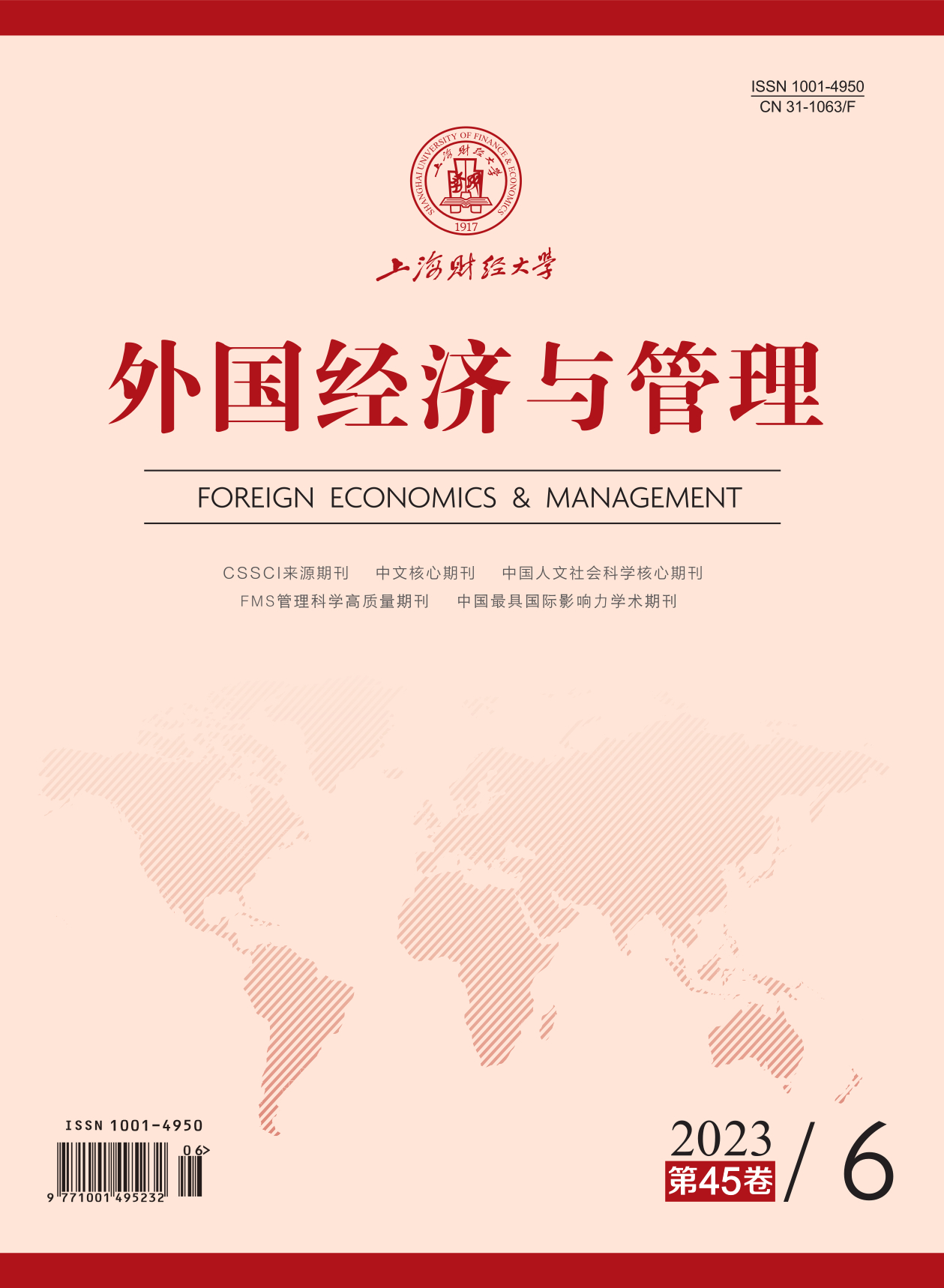Carbon emission trading encourages firms to publicly trade carbon emission allowances through the carbon market, which is a market-inspired environmental regulation method to promote the low-carbon development of firms. Previous studies have explored the impact of command-and-control environmental regulations on the production and business activities of firms, and formed two different views: One is represented by the “Porter hypothesis”, holding that reasonable and strict environmental regulations promote technological innovation, and the resulting upgrading of human capital structure will increase the average salary of employees and promote the increase of labor income share; the other is represented by the “compliance cost theory”, holding that environmental regulations increase the costs of environmental monitoring, management and compliance, which is not conducive to productive investment, innovative behavior and management activities of firms. In this case, firms may reduce labor costs, resulting in a decline in the average wage of employees and ultimately a decrease in firm labor income share. Then, as a market-inspired environmental regulation means, how will carbon emission trading affect firm labor income share?
In this paper, A-share listed companies in eight industries mainly involved in the carbon emission trading pilot program from 2008 to 2019 are selected as research samples. With the pilot program as the exogenous impact, a quasi-natural experiment is designed to investigate its impact and mechanism on firm labor income share by using the DID method. The findings are as follows: (1) Carbon emission trading helps firms increase labor income share. (2) When the incentive degree of the carbon market is greater, the administrative penalty of environmental regulations is less, and the R&D funds of emission-reduction equipment are more sufficient, the role of carbon emission trading on the increase of firm labor income share is stronger. (3) Carbon emission trading mainly promotes the increase of firm labor income share through promoting the upgrading of human capital structure, and the failure of TFP to increase simultaneously is also the factor that leads to the increase of firm labor income share.
The theoretical value of this paper is that: It extends the research on the economic consequences of market-inspired environmental regulation means to the level of firm income distribution; it enriches the relevant research on the factors affecting firm labor income share and expands the theoretical explanation of the change of firm income distribution. The practical value of this paper is that: It is helpful for relevant departments and the management to improve their understanding of the relationship between low-carbon development and firm income distribution, so as to take effective measures from both macro and micro levels, and lay a good micro foundation for the fair income distribution while promoting the green and high-quality development of firms.





 3452
3452  3553
3553

